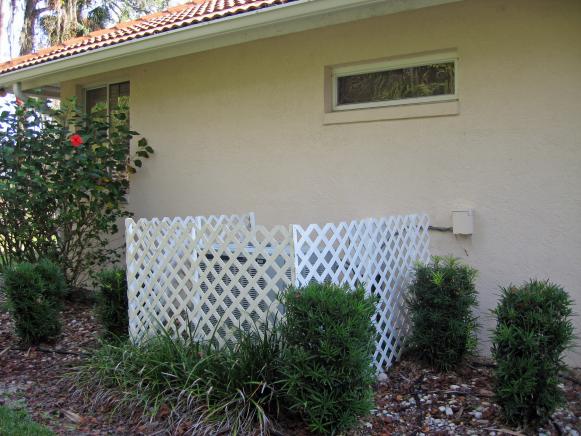Question: In the process of selling my home, the buyers requested a home inspection. My problems started when the mold inspector reported elevated spores were four to five times the amount found outside. After paying a contractor to clean and treat for molds, the follow-up test showed the levels were even higher. The buyer refused to complete the deal. What made the mold grow so fast, and did we get ripped off by the contractor? A.N., Evansville, Ind.
Answer: With a little investigation, I was able to gain some additional information about the sale of your home. It seems that soon after the initial inspection, the home was left vacant with the utilities off. The resulting enclosed dark and damp environment created an almost perfect situation for mold spores to grow.
In the summer, a closed house with the air-conditioning turned off will have higher humidity levels than an air-conditioned home. A vacant house also receives little or no sunlight through closed shades and no air movement with the fan off and the doors locked.
If you had simply left the air conditioning running, it would have cooled the home and removed moisture from the air and circulated and filtered the air.
Molds thrive when the humidity levels exceed 70 percent. Because humidity levels vary from day to day, the thermostat should have been left at or below 74 degrees, and the fan should have been set to “On.”
Normally, mold cleaning and remediation processes disturb the spores, which become airborne and can settle on unclean or untreated surfaces, where they continue to thrive in the humid, warm, dark conditions.
In my opinion, the remediation contractor failed you in that he did not warn you of the potential for recontamination.
The Environmental Protection Agency suggests that self-cleaning should be considered if the area to be treated is less than 10 square feet. A guide to treatment and cleaning is available at http://www.epa.gov/mold/index.html. You can also learn more about mold remediation contractors and remedies for contaminated buildings.
An article by Dr. Ronald E. Gots that appeared in The Laker magazine underscores the myth surrounding phobias about molds and mold contamination.
Basically, the article states that there are no scientific studies that show molds are unhealthy at typical indoor levels. Reactions to molds that have been documented are: allergic responses, minor irritant effects and infections in individuals with impaired immune systems.
Molds present at typical indoor levels have never been scientifically shown to cause any other illness.
Even when mold spores were at elevated levels, there were no similar elevated reports of illnesses. Examples from the article show certain occupations that are exposed to extremely high concentrations of mold spores.http://www.hgtv.com/design/decorating/clean-and-organize/leave-on-the-air-conditioning-to-avoid-mold


1 COMMENT
Kurt Mahan
September 16, 2020, 7:59 am REPLYYour air conditioner can control the temperature and humidity in your home, which can prevent mold growth. During the hot, humid summer months, set your air conditioner to between 68 and 72 degrees Fahrenheit. The relative humidity in your house should not exceed 50 percent.
Regards,
Kurt